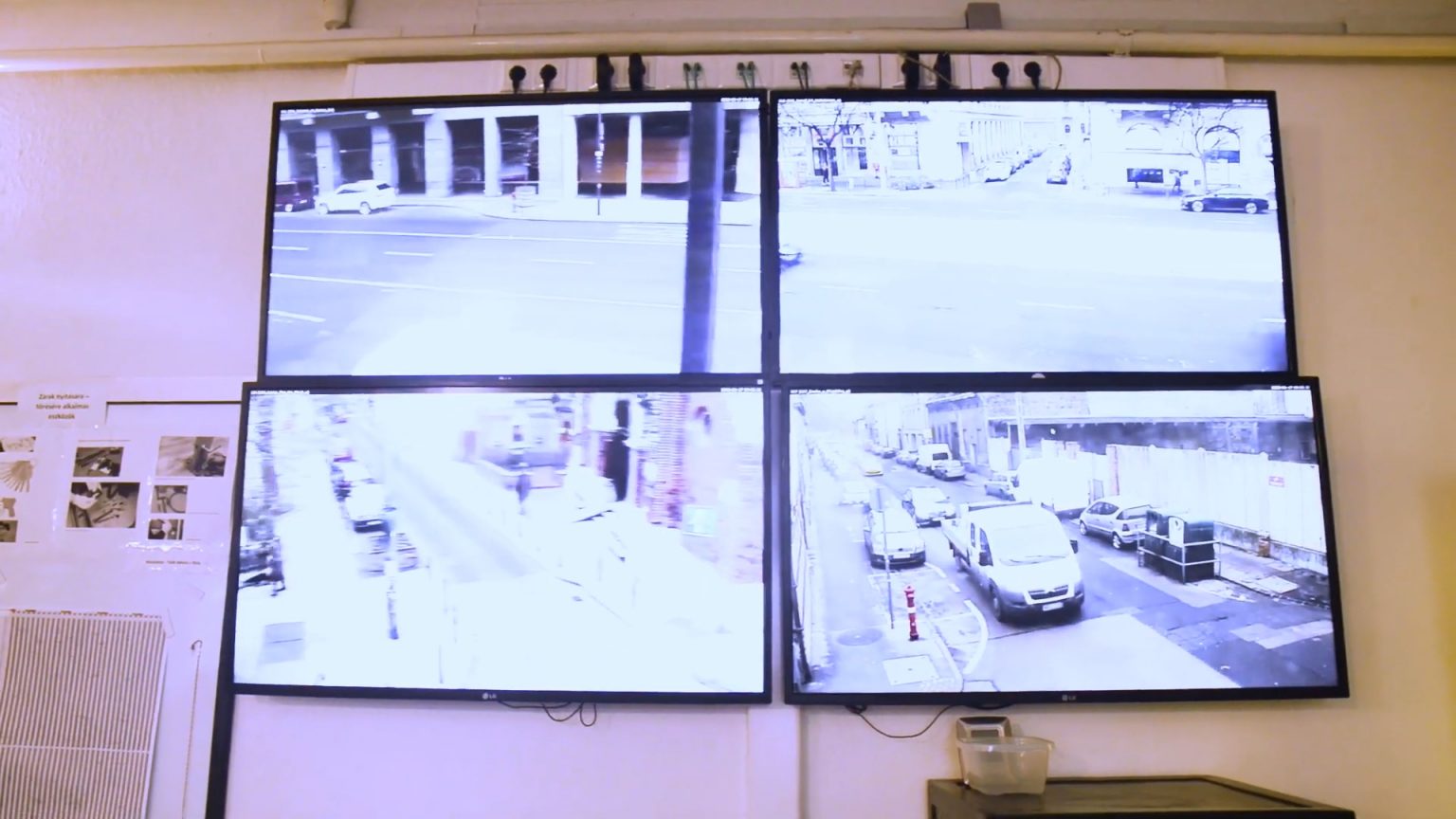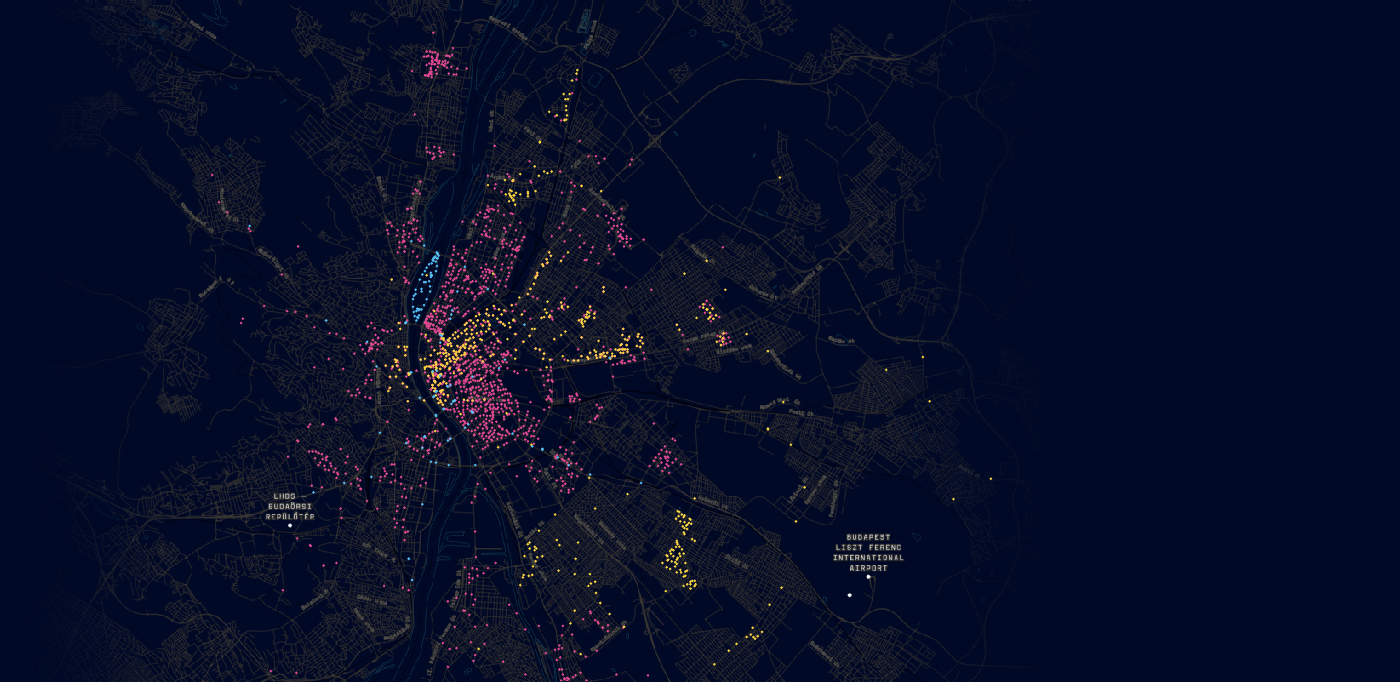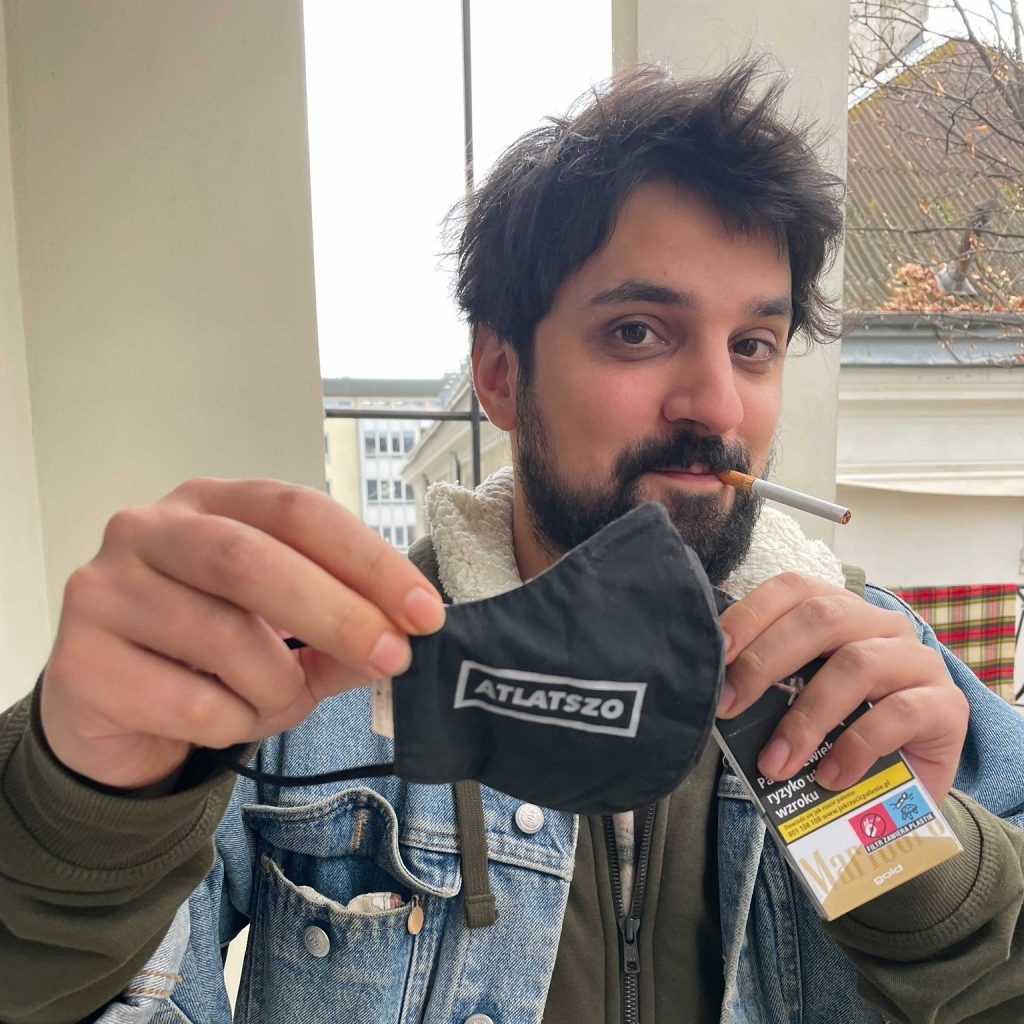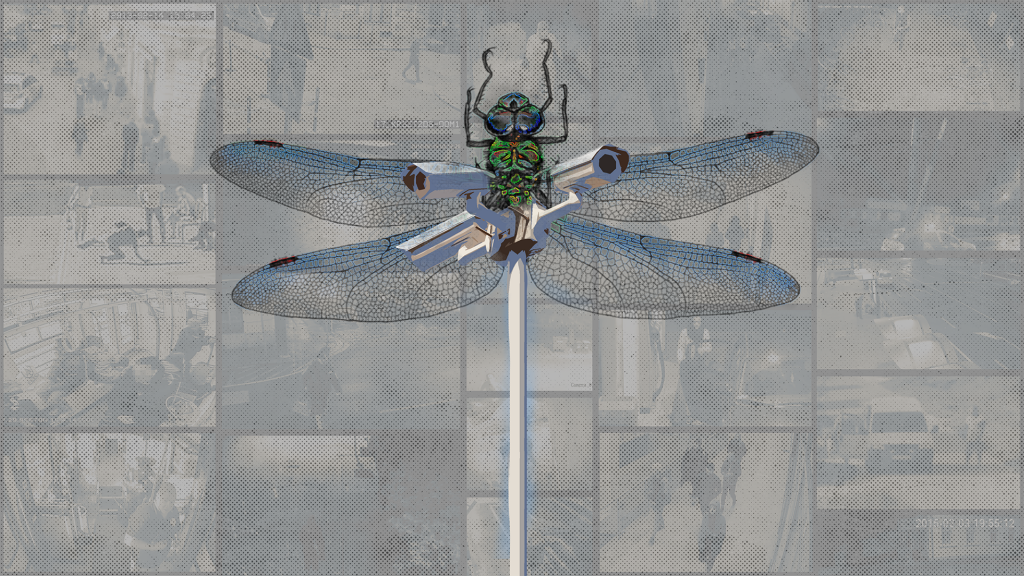The https://english.atlatszo.hu use cookies to track and profile customers such as action tags and pixel tracking on our website to assist our marketing. On our website we use technical, analytical, marketing and preference cookies. These are necessary for our site to work properly and to give us inforamation about how our site is used. See Cookies Policy
After terrorists crossed Hungary, surveillance cameras connected through Project Dragonfly
43 million euros are already earmarked to be spent on new security cameras as part of Project Dragonfly, which aims to refurbish and connect surveillance systems in one giant network in Hungary. Implementation of the Budapest core of the new system started during the 2015 refugee crisis, when several perpetrators of the Paris terror attacks infiltrated the masses crossing the country— without raising the scrutiny of the Hungarian security services.
Project Dragonfly. In Hungarian security parlance, this moniker stands for an ambitious plan to refurbish and connect surveillance camera systems in one giant network. According to estimates of the National Authority for Data Protection and Freedom of Information (NAIH), Project Dragonfly will cost up to 50 billion HUF (the equivalent of 135 million euros) to the Hungarian taxpayer, and will integrate the feeds of some 35 thousand cameras all around the country.

Átlátszó’s understanding is that the Interior Ministry (BM) decided upon the nationwide project after existing surveillance infrastructure was deemed insufficient after a challenging police manhunt after the Hungarian perpetrator of a bomb attack in Budapest in 2017. During the investigation, GVSX Kft., the initial developer of the core of the software underlying Project Dragonfly, was asked to present the capabilities of their work — and was able to substantially further the investigation.
There was a reason why GVSX, currently owned by developer Gyula Sipos, was already into surveillance at that point.

Security monitors in the surveillance room of the VIII. diestrict of Budapest, where the Keleti railway station is situated. Source: jozsefvaros.hu
GVSX used to belong to the same group as ARH Informatikai Zrt., which worked on the Hungarian e-toll system. The e-toll system — slated to be integrated into Dragonfly — also utilises cameras and is able to surveil the comings and goings of a given vehicle along the national highways.
’After successfully closing the e-toll project, me and my former partners parted ways’, Sipos told Átlátszó. ’Seven of my colleagues came with me. This was our expertise, so we had no other options. We started again, and we started small’, he said.
In the summer of 2015, GVSX was contracted through an invitation-only tender to start working on a system with the ability to recognize vehicle registration plates for Budapest Közút Zrt., a company owned by the municipal government of the capital. In a short while, GVSX was tasked with providing access to this network — named IKSZR — to FÖRI, the Budapest law enforcement directorate.
Sipos and his crew had the backing of German giant Siemens, which provides traffic management solutions to Budapest. During the e-toll project, he also might have come into contact with Multicontact Kft., which worked as a consultant on that job. Multicontact is partly owned by Gábor Pető, the nephew of former FÖRI director György Pető.
Around the time when GVSX received its firts IKSZR-related contract, György Pető ran lead on the efforts of the various Hungarian security services in relation with the 2015 refugee crisis. Up until September, hundreds of thousands of people entered the European Union through Hungary without any sort of oversight.
PM Viktor Orbán’s Fidesz party has campaigned against ’migration’ since early January, but efforts to control the inflow of unregistered refugees and others only started during the summer. By that time, the Keleti railway station in Budapest and its surroundings developed into an ad hoc hotspot for migrants.
According to Zsuzsanna Zsohár, the spokesperson for Migration Aid, an unofficial organisation aiming to provide humanitarian help to the masses crossing Hungary, in Pető chaired a conference between 42 various organisations — including several security services — holding a stake in the situation of August 2015. Zsohár, and another leader of Migration Aid were required to keep in touch with the security services, as part of a deal for them to be able to provide humanitarian help, she told Átlátszó.
At this gathering, Zsohár learned of several measures aimed at sustaining security at hotspots such as at Keleti. The number of CCTV cameras around the railway station was an aspect that especially gave her a sense of security, Zsohár told Átlátszó.
But later, she learned from her contacts at one of the national security services that none of the Hungarian agencies were able to provide camera recordings to their international partner services after the terror attacks in Paris in November 2015 — though several perpetrators of the attacks, such as Salah Abdeslam who is currently on trial, has reportedly spent time at Keleti during the summer.
According to an anonymous source working with the surveillance camera network of a Hungarian town, the general legal background makes it impossible for any Hungarian government organisation to store camera recordings for months if they do not spot a crime — and with the usual technical infrastructure in place in 2015, it was very hard for anyone to spot a crime.

Surveillance cameras belonging to various operators in Budapest. Source: atlo.team
Átlátszó reviewed the the various surveillance camera networks around Keleti during 2015, and found a hodgepodge of networks and operators. This situation opened the door for GVSX. ’FÖRI was at a lack for technological competence [to provide meaningful security to the situation at hand], which was recognised as a shortfall by many’ Sipos told Átlátszó. ’Today, this system provides a solution’, he told Átlátszó, meaning Project Dragonfly, which is being built upon the basis of the IKSZR system his company developed.
Human rights defenders have higlighted the potential for abuse in Project Dragonfly. NAIH also voiced concerns — which, Átlátszó understands, are already satisfied. Police and national security services both will be able the access the pictures provided by the cameras, and potentially might be able to run facial recognition software on the feeds. According to Sipos, facial recognition is outside the scope of his services.
Since 2015, GVSX has won tenders worth altogether 1.55 billion HUF (or 4.23 million euros) for the development and operation of IKSZR and Dragonfly software from Budapest Közút, FÖRI, the Budapest police and state-owned National Infocommunications Services, or NISZ Zrt. GVSX also belongs tot he several winners of a tender for purchasing up-to-date surveillance cameras worth altogether 16 billion HUF (or 43,7 euros). More tenders are believed to be forthcoming in the future.
Translated by Márton Sarkadi Nagy. The original, more detailed Hungarian version of this article was written by Márton Sarkadi Nagy and can be found here. The article was written in the framework of a joint project of Átlátszó and K-Monitor, with the support of OSIFE. Company data provided by Opten Kft. Cover photo: Flóra Anna Jeney.
Support independent investigative journalism in Hungary, become a patron of Atlatszo on Patreon!

